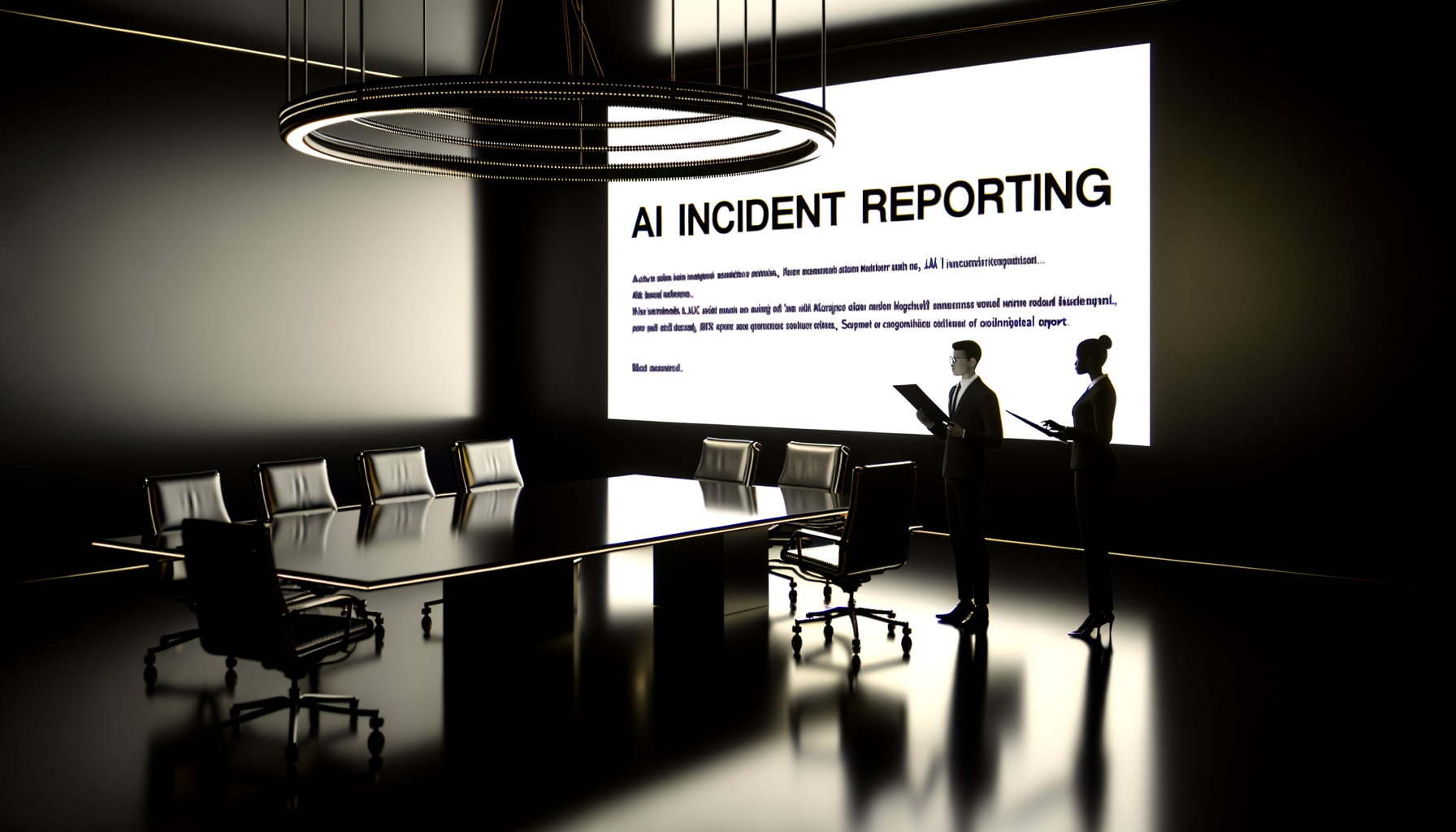What if attackers could secretly take control of your AI systems, costing your enterprise $18.5 million in one strike? AI jailbreaking is no longer a theory—it’s starting to devastate real organizations.
Jailbreaking AI: A New Breed of Security Catastrophe
In the past 30 days, enterprises around the world have been hit by a fresh wave of cyberattacks—ones no firewall or antivirus could have stopped. Instead of breaching networks or stealing credentials, threat actors have begun hijacking the very decisions, outputs, and logic of enterprise AI models. This phenomenon, called AI jailbreaking, undermines the trust and efficacy of core business operations in ways that are both technically advanced and financially disastrous.
The Shadow War on Enterprise AI
The transition from experimentation to operational AI has left most enterprises dangerously exposed. In rush to deploy GPTs, automated assistants, generative content tools, and AI-backed analytics, few organizations anticipated that their crown data jewels could become vulnerable to a new arsenal of attacks:
- Prompt injection: Malicious actors subtly influence model behavior through exotic or disguised inputs.
- Model manipulation: Attackers bypass output restrictions, persuading LLMs to reveal confidential data or perform unauthorized actions.
- Data leakage: Exploited models inadvertently disclose sensitive organizational or customer data.
- Automated fraud: Jailbroken AI outputs mislead financial processes, customer service, logistics, or security protocols.
The recent spike has been quantified: according to fresh reporting, the average cost per incident sits at a staggering $18.5 million, when accounting for direct operational disruption, regulatory action, fraud, and reputational fallout (Lakera AI Security Trends, Sep 2025).
Why Did AI Jailbreaking Explode Now?
Two converging trends explain the uptick:
- Proliferation of AI-powered workflows—From internal policy bots to public chatbots, most large enterprises now operate dozens of AI endpoints exposed to inputs they can’t truly control.
- Lack of mature security controls—While network, identity, and data protection tools exist, the unique vulnerabilities of LLMs and AI agents are new territory for most security teams.
We are witnessing the first ‘mass-exploitation event’ targeting enterprise AI—not by technical exploits, but by manipulating the AI’s own logic and language understanding.
Attackers no longer need to bypass zero-days or phish employees if they can simply instruct your AI to leak, break, or subvert itself.
From Odd Quirks to Multimillion-Dollar Compromises
Initially, AI jailbreaking looked like a novelty—the domain of prompt engineers and hackers trying to make models say silly things. Now, those “quirks” have matured into robust attack patterns:
- A global fintech lost seven figures in one week after a jailbroken AI trade assistant was covertly instructed to reroute large payments.
- A healthcare provider suffered a cascade of HIPAA breaches after internal LLMs were manipulated into exporting patient data.
- Retail supply chains were disabled for hours as jailbroken AI-driven logistics bots accepted commands to halt or redirect shipments.
These aren’t hypothetical. They are composite scenarios, but every detail is grounded in the reported consequences of recent attacks (InsidePrivacy, Sep 2025).
The Financial Blow: Breaking Down the $18.5M Cost
Where does that $18.5 million figure come from? Consider the key cost drivers:
- Fraudulent transactions and theft—Misuse of finance bots or payment processors.
- Regulatory penalties—Violation of GDPR, HIPAA, or PCI due to data leakage.
- Operational outage—Downtime, supply delays, or misinformed business decisions.
- Forensic and remediation costs—Long, expensive investigations and emergency patches across all AI endpoints.
- Brand and customer trust loss—Negative headlines and attrition from clients or users.
Unlike a typical cybersecurity breach (where insurance and routine playbooks exist), most organizations are ill-equipped to quantify, let alone mitigate, the fall-out from AI manipulation. The result: insurer reluctance, direct losses, and emergent regulatory scrutiny.
Why AI Jailbreaking Is So Hard to Detect—And Defend
The heart of the problem: AI models do not have a human concept of intent or context. Traditional security controls—think firewalls or privilege management—don’t defend against “acceptable” prompts that lead models to behave in unexpected ways. The escalation in attacks has revealed how few organizations can robustly monitor AI inputs and outputs for malicious or risky manipulations.
The Unique Achilles’ Heel of Enterprise AI
- No standardized “security envelope”. LLMs often process external, dynamic, or user-contributed data by design.
- Lack of fine-grained output controls. Limiting what an AI can “say” sounds simple—until adversaries exploit subtle edge cases or context resets.
- Few teams with AI security expertise. Most InfoSec teams lack dedicated AI threat modeling experience or red-teaming protocols under real attack conditions.
As a result, the average enterprise is flying blind—relying on vendor assurances, one-time prompt hardening, or inconsistent manual review.
Emerging Defensive Strategies: Can Anything Stop the Bleeding?
A new generation of defensive techniques is beginning to coalesce, but best practices remain fluid. Effective AI protection requires a hybrid approach:
- Model access controls: Strictly limit who and what can interact with deployed models; segregate internal vs. external access.
- Output validation and monitoring: Proactively scan and review outputs—both automated and human-in-the-loop—with anomaly detection for suspicious content.
- Robust context management: Ensure AI agents do not maintain or leak state across unrelated sessions or users.
- Automated jailbreaking detection: Train meta-AI filters to spot prompt injections, role-play exploits, and unsanctioned logic changes in real time.
- Security-aware prompt and model design: Build models and prompts defensively, with embedded constraints and adversarial examples from the outset.
If your AI doesn’t have a dedicated threat model and monitoring plan, assume it is already being jailbroken—or soon will be.
For most enterprises, this means a rapid upskilling of AI security capability is not optional but existential.
Beyond Tools: Security Engineering for the AI Era
Just deploying a “guardrail” SaaS is not enough. Real-world defense means integrating AI security into the entire lifecycle—from procurement and model choice, to prompt training, testing, and rapid post-incident response. Key questions every engineering leader should ask:
- Where do your AI models accept user inputs, and who can access them?
- How do you audit and log all AI-generated outputs? Who reviews anomalous cases?
- What is your AI incident response plan? Could you quickly detect and contain a jailbreaking incident?
- Are your InfoSec and engineering teams trained to red-team AI manipulations that go beyond known bugs or simple prompt errors?
- Are your third-party AI vendors contractually obligated to support robust jailbreaking detection and recovery features?
Security testing for AI looks different. It means combining sensitivity analysis, adversarial prompting, continual monitoring, and exploit simulation—on top of standard IT measures.
The $18.5M Question: Are You Actually Ready?
Recent headline numbers aren’t just data points—they are an urgent wake-up call. For every AI interface exposed to customers, partners, or even internal users, the risk surface expands exponentially. The more integral AI becomes to daily operations, the higher the cost of exploitation climbs.
Jailbreaking is not a theoretical risk reserved for “next-gen” attackers; it is a practical, here-and-now threat—one that is, by some measures, easier to execute than classic exploits and far harder to forensically investigate.
The winners in this new era will be those who stand up dedicated AI security teams, implement technical and human guardrails, and treat each model output as a piece of sensitive logic that might be manipulated at any time.
If you treat AI jailbreaking as a future problem, it will cost you $18.5 million—or your company’s trust—so start defending now.





